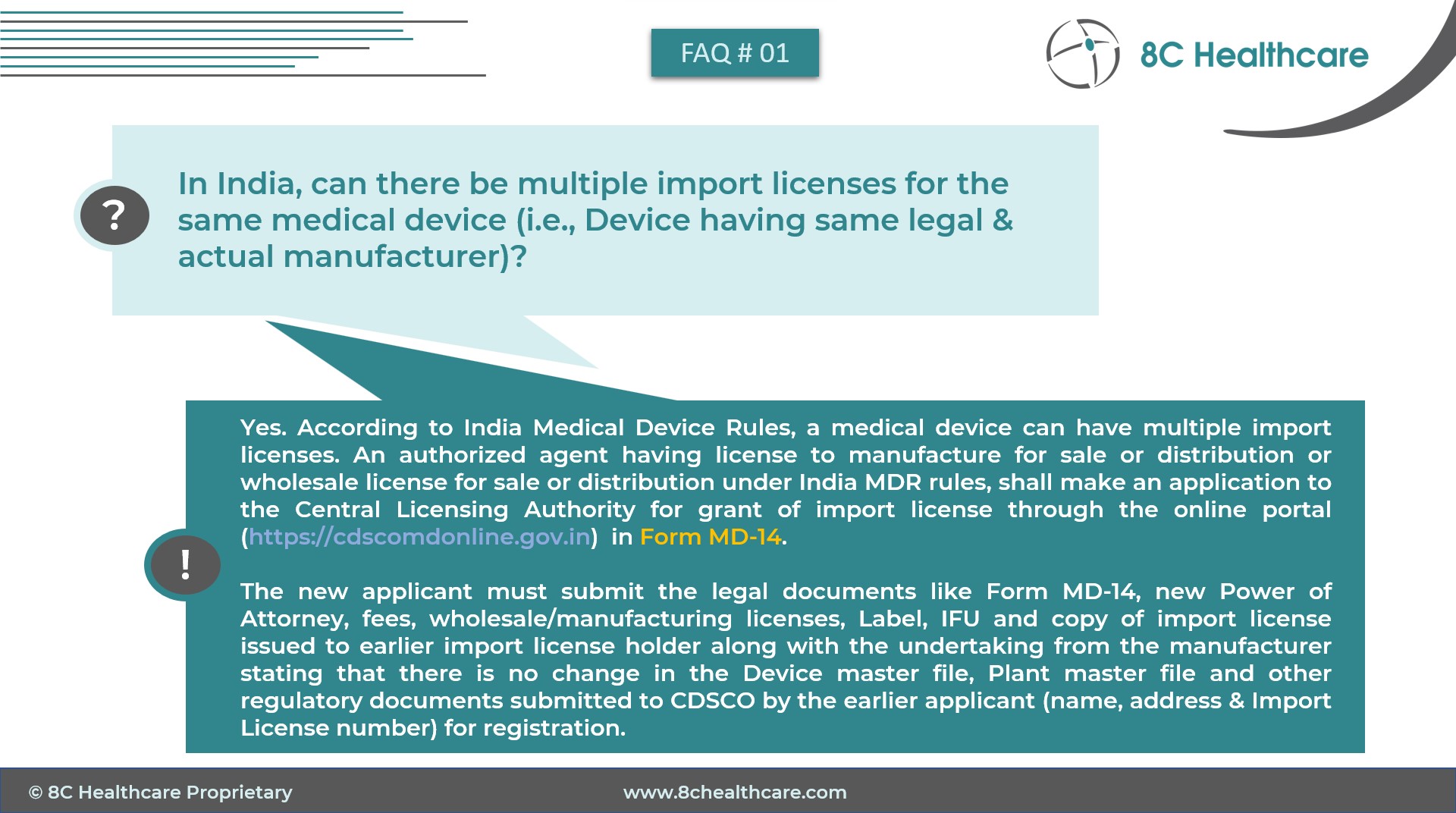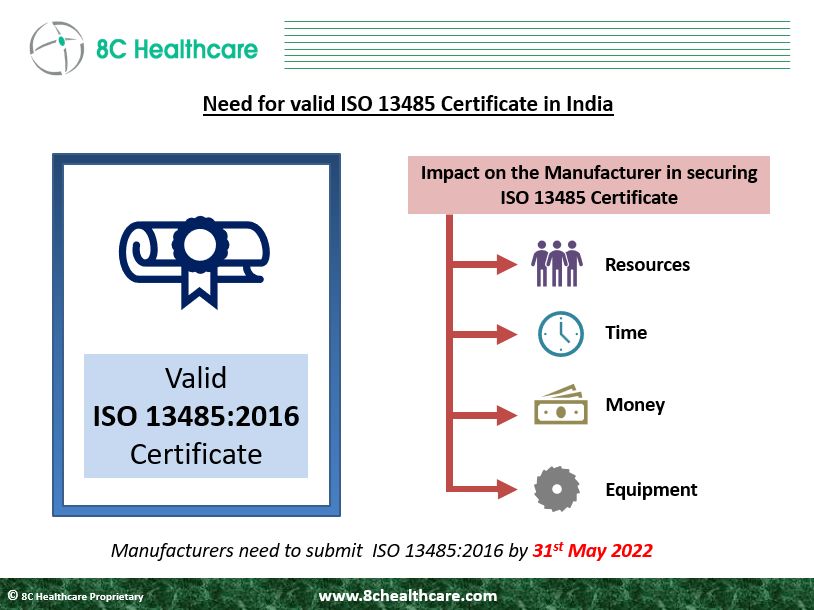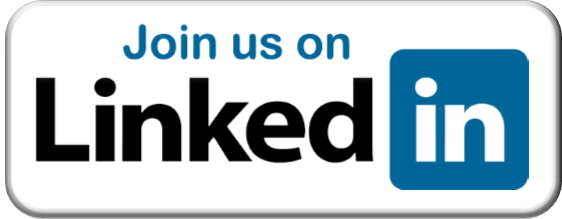Regulatory Affairs - USA
The regulatory requirements to enter US market are always challenging and requires a thorough understanding of the following key regulatory activities. An experienced team at 8C can help you navigate these tough requirements.
The US is the largest medical device market in the world, comprising over 40% of the global medical device market. Medical technology is also one of the America’s strongest and fastest growing manufacturing sectors, creating medical innovations for use around the world.
Predicate Identification
Identifying the predicate is one of the key activities in securing the 501(k) clearance in the US. Medical device manufacturers shall compare their 510(k) device to a similar legally marketed device(s) in the US. A device recently cleared under 510(k) is usually used as a predicate device. Various aspects like classification panel (e.g., orthopaedic devices), common name, product code, and CFR regulation help the device manufacturers in selecting their predicate. At times, it is very confusing for the medical device manufacturers to search the FDA database and find an appropriate predicate.
ER & DL
Owners or operators of establishments that are involved in the production and distribution of medical devices intended for use in the U.S. are required to register annually with the FDA. This process is known as establishment registration (Title 21 CFR Part 807). Medical devices that are made available in US either by manufacturing or importing shall be listed in FDA database. Registration and listing information is submitted by using FDA’s Unified Registration and Listing System (FURLS)/ Device Registration and Listing Module (DRLM).
Pre-Submission
Pre-submission is one of the very useful tools in approaching FDA for submission related queries and clarifications. Through FDA’s Q-Submission process, manufacturers can request feedback from or a meeting with the Food and Drug Administration (FDA) regarding potential or planned medical device Investigational Device Exemption (IDE) applications, Premarket Approval (PMA) applications, Humanitarian Device Exemption (HDE) applications, Evaluation of Automatic Class III Designations (De Novo requests), Premarket Notification (510(k)) Submissions, Clinical Laboratory Improvement Amendments (CLIA) Waiver by Applications (CW), Dual 510(k) and CLIA Waiver by Application Submissions (Duals), Accessory Classification Requests etc.
Pre-market Notification – 510(k)
Pre-market Notification or ‘510(k) Clearance’ is one of the popular regulatory pathways in USA. It is estimated that there is a total of 43% medical devices fall under Class II category and majority of them require ‘510(k) clearance’. A 510(k) is a premarket submission made to the FDA to demonstrate that the device to be marketed is as safe and effective, that is, substantially equivalent, to a legally marketed device. Manufacturers shall compare their device to one or more similar legally marketed devices and make and support their substantial equivalence claims.
De Novo
If you don’t have a matching predicate for your device and you feel that your device is of low risk (Class II or Class 1), De Novo is the pathway for you. The De Novo request provides a marketing pathway to classify novel medical devices for which general controls alone, or general and special controls, provide reasonable assurance of safety and effectiveness for the intended use, but for which there is no legally marketed predicate device. De Novo classification is a risk-based classification process.
Small Business Designation
Small business designation is very useful mechanism for small and medium medical device manufacturers to avail discount in US FDA user fee to the order of 75%. A small business is defined as a business, including its affiliates, whose gross receipts and sales are less than $100 million for the most recent tax year. This mechanism is available for both domestic and foreign manufacturers.
Labelling gap analysis
Labelling is by and large the most important regulatory document on which FDA’s scrutiny is more. The labelling documentation includes, general labelling on the device, use of symbols, IFU and UDI. Manufacturers shall give special importance to the labelling to avoid misbranding allegations. Investigational devices and IVDs shall follow the special labelling requirements. Team 8C can review your labelling and provide a detailed assessment of gaps before they turn into costly mistakes.
General classification and product code identification.
Determination of the medical device classification is the first and foremost step for the medical device manufacturers. Doing it right is very important. The class to which your device is assigned determines, among other things, the type of premarketing submission/application required for FDA clearance to market.


